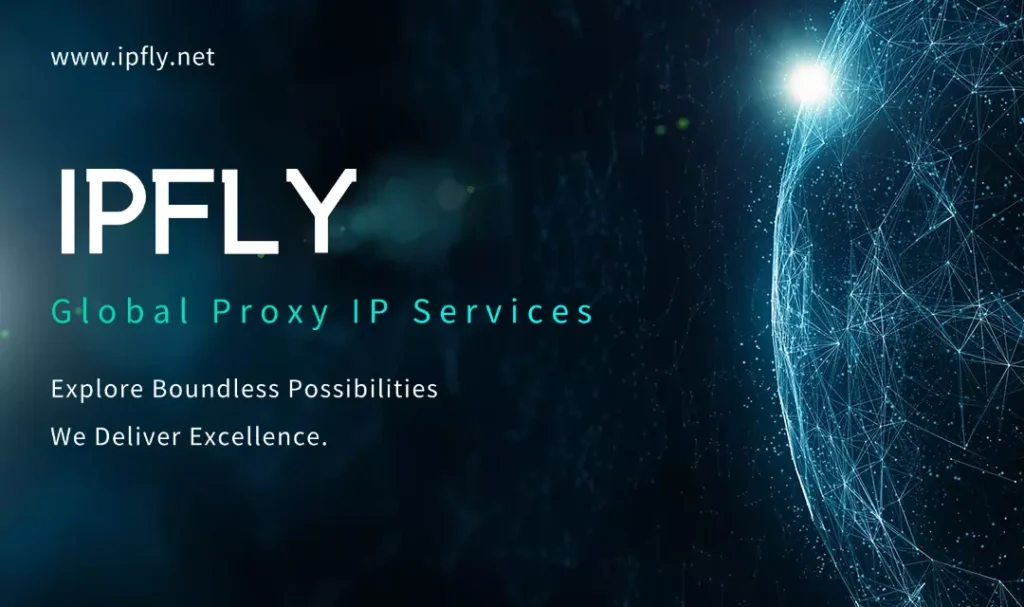In the expansive digital universe, where data flows like rivers through interconnected networks, platforms like Kick Azz Torrents have captured the imagination of users seeking efficient ways to share and access large files. This phenomenon isn’t just about downloading content; it’s a window into the fascinating world of peer-to-peer (P2P) technology, a system inspired by natural swarms and optimized through clever algorithms. By examining the principles behind Kick Azz Torrents, we can uncover how such platforms harness collective computing power to democratize information exchange, much like how ant colonies collaborate to achieve complex tasks. This article delves into the scientific foundations, operational intricacies, and broader implications of torrent-based systems, offering insights that blend computer science with real-world applications.

The Essence of Torrent Technology: A Swarm Intelligence Approach
At its core, Kick Azz Torrents exemplifies the BitTorrent protocol, a groundbreaking invention that transforms file sharing from a centralized model to a decentralized one. Imagine a traditional download as a single hose delivering water from a reservoir—limited by the source’s bandwidth. In contrast, torrents operate like a network of interconnected pipes, where each participant contributes to the flow. This P2P architecture, rooted in distributed computing principles, allows users to download pieces of a file from multiple sources simultaneously, accelerating the process exponentially.
Scientifically, this draws from swarm intelligence, a concept observed in biology where individual agents—such as bees in a hive—follow simple rules to create emergent, efficient behaviors. In torrents, each “peer” (user device) acts as both a downloader and uploader, guided by algorithms that prioritize rare file segments to ensure balanced distribution. The torrent file itself is a lightweight metadata container, containing a cryptographic hash for integrity checks and a tracker address to coordinate peers. This hash, derived from secure hashing algorithms like SHA-1, verifies that downloaded pieces match the original, preventing corruption akin to how DNA replication ensures genetic fidelity.
Platforms like Kick Azz Torrents amplify this by providing directories of torrent links, enabling users to discover and join swarms for diverse content, from software to multimedia. The result? A resilient ecosystem where data persists even if individual nodes disconnect, mirroring the robustness of natural ecosystems.
How Kick Azz Torrents Facilitates Global Data Flows: The Network Science Perspective
Diving deeper, the functionality of Kick Azz Torrents relies on graph theory and network dynamics, fields in mathematics that model connections between entities. Each swarm forms a dynamic graph, with peers as nodes and data transfers as edges. Algorithms within torrent clients—software like uTorrent or qBittorrent—optimize these connections by selecting peers based on factors such as latency, upload speed, and piece availability. This selection process employs heuristics similar to those in machine learning, where reinforcement learning could theoretically enhance peer choices over time.
From a physics viewpoint, torrenting embodies principles of fluid dynamics and diffusion. Data “diffuses” through the network, spreading from high-concentration areas (seeders with complete files) to low ones (leechers building their copies). The efficiency scales with swarm size; larger groups reduce download times through parallel transfers, demonstrating power-law distributions often seen in scale-free networks like the internet itself. Kick Azz Torrents, by aggregating vast libraries, fosters massive swarms that exemplify these laws, allowing users worldwide to access gigabytes of data without overwhelming a single server.
This global reach highlights the protocol’s adaptability to varying network conditions, from high-speed fiber optics in urban areas to intermittent mobile connections in remote regions. It’s a testament to engineering that prioritizes resilience, ensuring that even in bandwidth-constrained environments, files propagate reliably.
Advantages of the Kick Azz Torrents Model: Efficiency Meets Accessibility
The appeal of Kick Azz Torrents lies in its scientific advantages over conventional methods. Energy efficiency stands out: by distributing load across users, it minimizes the power consumption of central servers, aligning with sustainable computing goals. Bandwidth optimization is another boon; users upload while downloading, creating a symbiotic cycle that reduces overall internet congestion, much like carpooling eases traffic.
Accessibility is amplified through magnet links—compact URIs that eliminate the need for physical torrent files, streamlining the process with base32-encoded hashes. This innovation, akin to QR codes in the physical world, simplifies sharing and enhances portability. For educators and researchers, such systems facilitate the dissemination of large datasets, from genomic sequences in biology to astronomical images, bypassing paywalls and fostering open science.
Yet, the model’s true power emerges in crisis scenarios, where traditional infrastructures falter. During network outages or censorship, P2P swarms persist, embodying the decentralized ethos of the early internet visionaries.
Challenges and Security Considerations in Torrent Ecosystems
No technology is without hurdles, and Kick Azz Torrents illustrates key challenges in P2P networks. One major issue is the “free-rider” problem, where users download without uploading, degrading swarm health. Game theory explains this as a prisoner’s dilemma, where individual selfishness harms the collective. Solutions involve client-side incentives, like tit-for-tat strategies that prioritize cooperative peers, drawing from evolutionary biology models.
Security risks abound, including malware hidden in files or exposure of IP addresses during peer discovery. Here, cryptography plays a defensive role, with end-to-end encryption in advanced clients safeguarding data in transit. However, IP visibility can lead to monitoring, prompting users to employ privacy tools. For instance, integrating residential proxies from services like IPFLY can mask true locations, providing authentic IP addresses that blend into natural traffic patterns and enhance anonymity during torrent activities.
Bandwidth throttling by ISPs, detected through deep packet inspection, poses another obstacle. This cat-and-mouse game reflects adaptive systems in ecology, where protocols evolve to evade detection, such as obfuscating traffic to mimic standard web flows.
Need high-standard proxy strategies or stable enterprise-grade services? Visit IPFLY.net now for professional solutions, and join the IPFLY Telegram community—get industry insights and customized tips to fuel your business growth and seize opportunities!

The Broader Implications: Torrent Technology in the Future of Digital Collaboration
Looking ahead, the principles underpinning Kick Azz Torrents extend far beyond file sharing. In blockchain and decentralized finance, P2P networks underpin cryptocurrencies, where consensus algorithms mirror swarm coordination. Content delivery networks (CDNs) increasingly incorporate torrent-like elements for video streaming, reducing latency through peer-assisted distribution.
From a societal lens, these systems challenge centralized control, promoting information equity while raising ethical questions about intellectual property. As quantum computing advances, enhancing cryptographic security, torrent ecosystems may become even more robust against threats.
In essence, Kick Azz Torrents serves as a case study in how simple protocols can orchestrate complex, global collaborations. By understanding its scientific underpinnings—from algorithms to network theories—users gain appreciation for the invisible forces shaping our digital lives, encouraging mindful engagement in this ever-evolving landscape.


